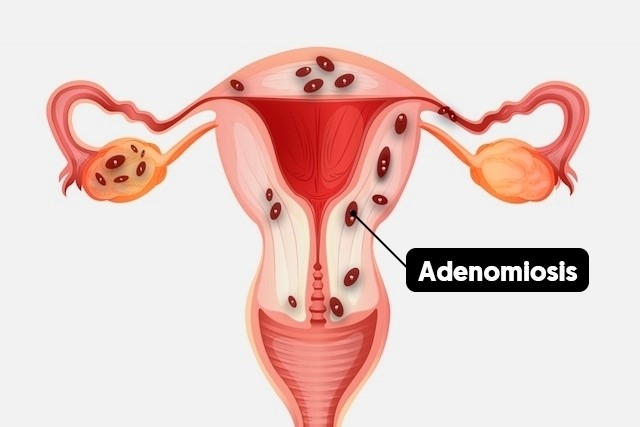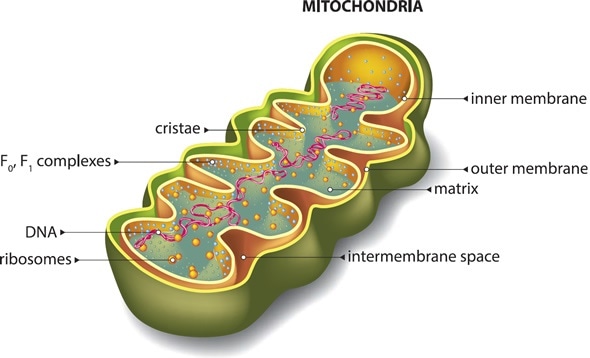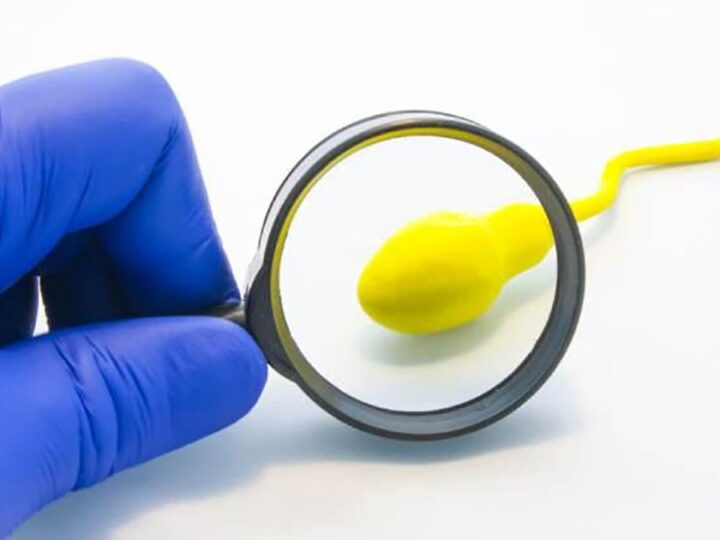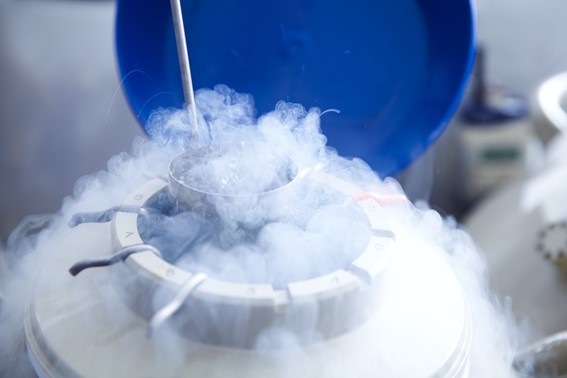
Adenomyosis is the growth of endometrial tissue in the uterine muscle, unlike endometriosis in that one located outside the uterus. This tissue depends also on changes in the ovarian cycle, causing the focus of this endometrial tissue to tend to increase and suffer from inflammatory processes. Naturally, when the ovary stops working at menopause, this entire process is inhibited.
In general, adenomyosis occurs after 30 years of age, with a maximum age of diagnosis between 40-50 years. It can also happen during adolescence, but it is less common.
Regarding the symptoms, it is sometimes silent, that is, it does not cause symptoms. Other times it can cause: heavy menstrual bleeding with clots, pelvic pain during menstruation, pain during intercourse, bleeding between periods.
The initial symptoms help to make a diagnosis, which will be confirmed by an ultrasound scan and a magnetic nuclear resonance (MRI).
According to its extension, there are two types of adenomyosis: focal, when it is located in a certain region of the uterus; and diffuse, when it appears throughout the wall of the uterus, making it heavier, more voluminous and irregular.
Adenomiosis can adversely affect the fertility. It has been proved that it decreases pregnancy rates and increase abortion rates. Implantation failures are also more common.
Since adenomyosis is not easy to cure, it is a big concern when undergoing a fertility treatment (IVF). Nowadays there is no specific recommendation for women with adenomyosis, who need to resort to an assisted reproduction treatment.
In case of women, who do not want to have children, the options are from just taking medication (such as anti-inflammatory, anovulatory, GnRh analogs to induce menopause), gestagen IUD, uterine artery embolization, to total removal of the uterus (hysterectomy).
In case of women willing to have children, the treatments would be aimed at reducing those endometrial focus within the uterine muscle, for which we could choose:
1º.- Medical treatment: anovulatory, gestagens, and also GnRh analogues that produce momentary menopause to favour the reduction of adenomyosis focus. But when treatment is stopped, adenomyosis will flare up again. Therefore, IVF / ICSI treatment should be done immediately after finishing the therapy.
2º.-Surgical procedure: At the moment it is limited to hysteroscopy, which can be decisive when there are focus near the endometrium, and, in addition, enlargement of the deformed uterine cavity. Of course, this therapy is not valid when it is very diffuse.
Other techniques, such as more aggressive surgery to remove the adenomyosis focus, induce more problems than benefits in most cases. And as for uterine artery embolization, today there is no experience in achieving a subsequent pregnancy.
CONCLUSIONS
Adenomyosis can be a problem, both in the embryo implantation, and in its development.
There are no specific recommendations for sterile women with adenomyosis who need to resort to IVF / ICSI
Current treatments are based on drug administration and hysteroscopy. Risky surgeries have not clear benefits and may worsen the reproductive prognosis.
We hope you find this information interesting. If you have any questions or want to start a treatment with us, you can contact us here: https://www.centromedicomanzanera.com/en/formulario_en/
Gregorio Manzanera
Specialist in gynaecology and obstetrics, infertility and assisted reproduction
#assistedreproduction
#fertilitytreatment
#eggdonation
#IVF
#ICSI
#ivficsi
#artificialinsemination
#manzaneraclinic
#adenomyosis




